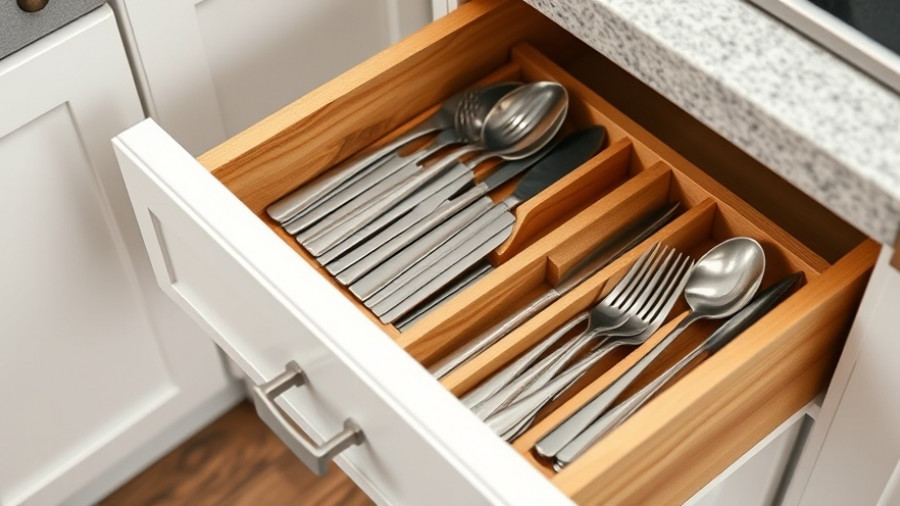
Understanding the Concept of a Self-Sufficient Home
As global awareness grows regarding environmental impact and energy independence, the appeal of self-sufficient homes is surging. A self-sufficient home is not merely about isolation but rather creating a sustainable, mini-ecosystem that meets the majority of our own needs. This involves generating your own energy, managing your waste, sourcing your food, and capturing your water. It’s a holistic approach that harmonizes comfort with sustainability.
Core Components of Self-Sufficiency
Building a self-sufficient home is a multifaceted endeavor. Below are critical aspects to consider for establishing independence in your living space:
Renewable Energy: The Heart of Independence
Renewable energy sources, such as solar panels, wind turbines, and possibly hydroelectric systems, are essential for creating energy independence. In areas where energy production isn't constant, backup generators can ensure steady electricity flow. Installing energy-efficient appliances amplifies the benefits, allowing homeowners to maximize their power usage. Battery storage solutions further enhance energy independence by retaining excess power for times of need.
Water: Harvesting and Purification Techniques
Effective water management is crucial for a self-sufficient lifestyle. Many homeowners invest in rainwater harvesting systems and efficient filtration setups to ensure clean water is readily available. Greywater systems provide innovative ways to repurpose used water, further reducing waste and leveraging resources. Committing to maintaining safe, clean water sources supports overall self-sufficiency.
Smart Waste Management: Turning Trash Into Treasure
Adopting sustainable waste management practices is vital. Composting not only reduces landfill contributions but also rejuvenates the garden with nutrient-rich soil. Implementing recycling systems allows homeowners to responsibly dispose of materials while minimizing waste. Understanding eco-friendly alternatives—like composting toilets—helps transform waste into useful compost, supporting food production and environmental stewardship.
Food Production: Cultivating Your Own Nourishment
Growing your own food is both rewarding and cost-effective. From vegetable gardens to backyard chickens, the self-sufficient homeowner can reap the bounties of nature while reducing grocery dependency. Techniques like canning and fermenting not only preserve food but also promote creativity in the kitchen, as homeowners experiment with different ingredients. Moreover, raising small livestock, such as goats for milk, deepens the self-sufficient lifestyle.
The Financial and Environmental Benefits
One of the most attractive aspects of adopting a self-sufficient home is the promise of reduced utility bills. Generating energy and harvesting water translate into significant savings over time. But beyond monetary gains, embracing self-sufficiency contributes positively to the planet by lowering one’s carbon footprint. It fosters a closer connection to food sources and encourages mindfulness around consumption.
Connecting with the Community
Self-sufficiency does not equate to isolation; instead, it can cultivate deeper community ties. Engaging in local farming cooperatives or neighborhood compost initiatives promotes social connections while sharing resources and support. Moreover, circulating knowledge through community workshops often enhances collective awareness and inspires fellow homeowners to consider self-sufficient living.
How to Get Started with Your Self-Sufficient Home
If you're intrigued by the prospect of self-sufficiency, start by assessing your current lifestyle and home layout. Begin with small changes—consider installing solar panels or initiating a compost system. Explore community resources that promote sustainable practices or attend workshops for hands-on experience. Remember, the journey toward a self-sufficient home is unique for everyone, and each step counts towards a more sustainable future.
Conclusion: Embrace the Adventure of Self-Sufficiency
Building a self-sufficient home is an exciting journey filled with opportunities for personal growth, financial savings, and environmental responsibility. By embracing this lifestyle, not only do you invest in your future but you also contribute to a healthier planet. Take action today by exploring local resources, enhancing your knowledge, and embarking on your path to self-sufficiency. Every small effort adds up to create a substantial impact.
 Add Row
Add Row  Add
Add 




Write A Comment